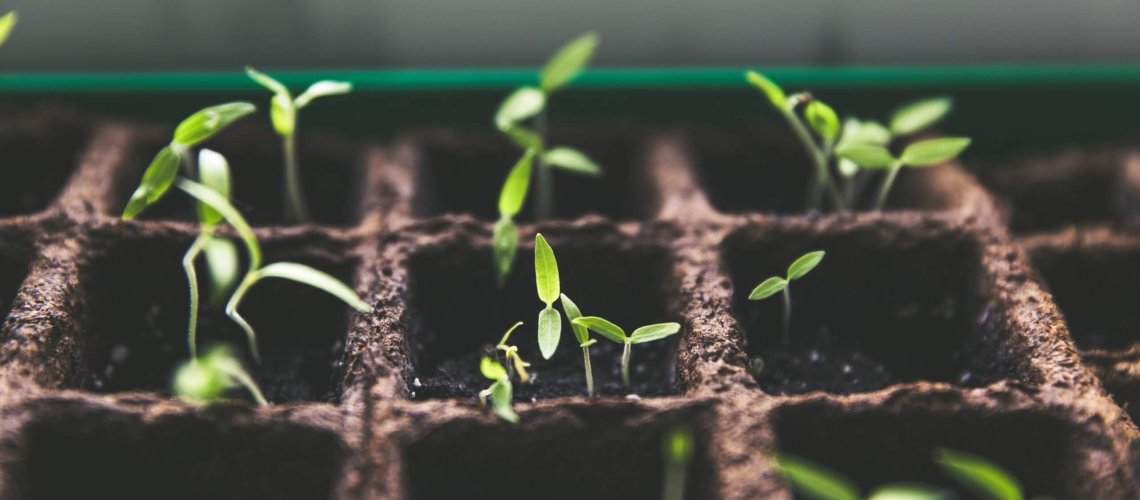Spring bulbs are among the first plants to flower. Alliums, daffodils, tulips, and snowdrops are common spring bulbs in Zone 3.
There are many varieties of each. Try the ones that look best on the package, then follow the instructions on the package carefully. As the years go by, you will have your favorites.
Follow these basic instructions on gardening with spring bulbs.
- Buy spring bulbs in late summer or early fall. Select fat and firm bulbs with the papery covering still on. Store in paper bags in your refrigerator until you plant them. Do not store with apples or other fruit such as bananas, as the ethylene gas emitted by the fruit will kill the flower bud in the bulb. Try to plant within a week of purchasing them.
- Bulbs like a moist spring, then a dry summer. Plant where there is good drainage, such as on a slope or in a raised bed. Bulbs will rot in low-lying areas. Plant in rows or clusters, leaving room to spread.
- Plant early in September to give them time to develop roots before a hard frost. Most bulbs need three to eight weeks to root properly to survive our winter and get ready for spring.
- Plant at the depth indicated on the package with the pointy side up, about 4 to 6 inches apart at a depth of 6 to 8 inches, depending on the size of the bulb.
- Water well. Provide 2 to 3 inches of mulch to reduce the impact of thawing and freezing cycles.
- Mark the location of your bulbs so that you don’t damage them when planting annuals after they have bloomed.
- Mulch annually to provide nutrients and prevent weeds from growing.
- Once the bulbs have finished blooming in the spring, deadhead, but let the leaves die off. While the leaves are dying, they are still providing carbohydrates to the bulb. Sprinkle some bone meal to assist in the process. Water well.
- The bulbs will spread. Eventually, you will have to divide the clumps and start over.
Alliums are related to garlic and leeks, giving off an oniony scent when bruised or cut. Grow in average garden soil that is well-drained. Their flowers are a cluster of individual stary flowers grouped in a sphere on top of a long stem. Varieties come in a number of different colors and sizes. Be prepared to stake the taller varieties.
Daffodil or Narcissus flower early in the spring, before other perennials. They multiply rapidly; plan accordingly to give them enough space. If the bulbs do not flower well, add a low-nitrogen, high potassium fertilizer.
Tulips are one of the most common flowers, coming in many different colors, sizes, and shapes. Chose varieties you like best and enjoy. They spread by forming small bulbs that eventually grow into full-size bulbs.
Snowdrops are small bulbs with small flowers, usually the first flower to appear in the spring. They are best bought as green, as opposed to dry, and planted immediately. They tolerate some shade and mediocre soil. The bulbs are toxic.
Garlic likes well-drained soil. Do not over-water as wet soil will rot the bulb. The hard neck variety thrives in Zone 3. Plant four to five weeks before the first frost date. To start, break cloves from a garlic bulb and plant six inches apart with the pointy end up, about 5 cm deep in loose soil. Keep the rows 12 inches apart. Cover the area with 2 inches of straw or mulch.
Harvest in late August when the leaves start to turn brown. Lift the bulbs out with a garden fork, gently brush off the dirt, and hang for about 14 days in a dry shady area. The skin on the bulbs should become papery. Either cut the stems about 2 inches from the bulb and store them on a tray or braid the stems and hang them in a dark dry area.

Recent Comments